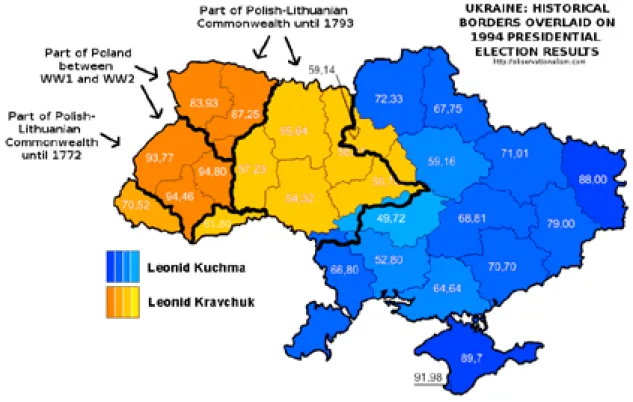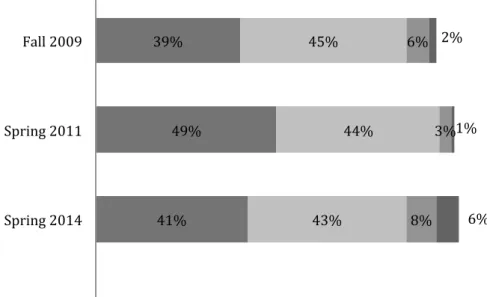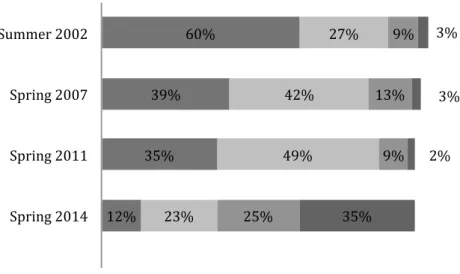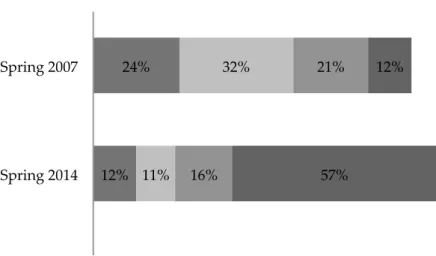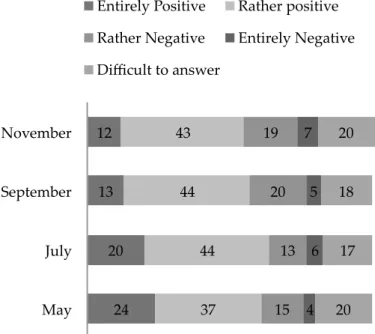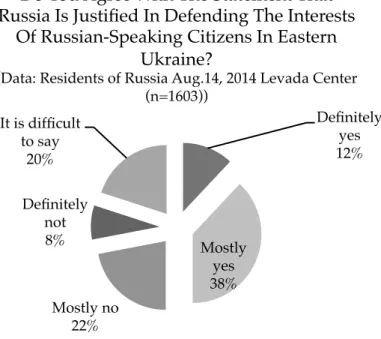Please note that in the case of the word 'donbas/donbass' we have left the choice of transliteration to authors' discretion. Agnieszka Pikulicka-Wilczewska is blog editor with E-international relations, and a member of the website's editorial board. According to the UN refugee agency (UNHCR), more than 500,000 people have left their homes in search of safety elsewhere in the country since the beginning of the conflict, and hundreds of thousands have fled Ukraine, mainly to Russia.
In the opening chapter of this section, Andrew Wilson assesses the state of Ukrainian politics since the collapse of the Soviet Union and the subsequent emergence of Ukraine as an independent entity. Walker, look at the geopolitical roots of the crisis and the international developments since the collapse of the Soviet Union that led to the current conflict. This final section focuses on possible future developments regarding various aspects of the conflict.
In the first chapter, Richard Connolly focuses on the economic side of the crisis and attempts to answer the question of how the economic sanctions imposed on Russia by the West can affect the country's place in the global economy. Finally, Richard sakwa, in the final chapter of the volume, returns to the systemic root causes of the conflict and argues that the confrontation in Europe's borderland is the result of three separate crises: the turmoil in the system of.
PeoPle
In 2014, on the other hand, electoral politics was simplified and fundamentally changed by the events of the Euromaidan. The study found that IDPs mostly agreed that Russia was involved in financing and organizing the conflict in the Donbas. First, the little Russian one that has long been promoted by the government of the Russian Empire.
Population censuses played a major role in the process of developing national self-confidence. The practices of ethno-cultural identity were combined with the ideology of creating a special identity - a new "Soviet person". With the collapse of the Soviet Union, however, it was essentially left to the Crimean Tatars to return to their homeland on their own.

Politics
But unlike in 2006-2010, after Yanukovych's flight and the collapse of the Party of Regions, the parliament and the presidency were now theoretically controlled by the same political camp. As a result of the annexation of Crimea by the Russian Federation and the armed conflict in the Ukrainian Donbas, more than 921,000 people (as of 23 January 2015) have registered as Internally Displaced Persons (IDPs) in Ukraine, and more than 524,000 people have sought asylum or different legal status in the Russian Federation (PAcE, 2015). At the ceasefire in September, Ukrainian forces controlled two thirds of the donbas and the DNR and LNR controlled one third.
Russia had always opposed NATO expansion and this came to a head in the case of Georgia and Ukraine when the expansion received the enthusiastic support of the US Bush administration. Poroshenko was a founding member of the Party of Regions in 2000-2001 and had been a cabinet minister in Azarov's second government. Putin has described Ukraine as an "artificial state" whose territory has changed frequently during the twentieth century.
Parliamentary Assembly of the Council of Europe (PAcE) (2015) “humanitarian situation of Ukrainian refugees and displaced persons”, report of the committee on Migration, Refugees and Displaced Persons, Council of Europe, 23 January. Office of the United Nations High Commissioner for Human Rights (2014) "Report on the situation of human rights in Ukraine", 15 May. The first phase of the crisis in Ukraine – Euromaidan – has created deep divisions within nationalist movements.
With the third phase of the conflict – pro-Russian secessionism in the Donbas region – nationalist circles had to work out a more complex positioning. The Russian population supports the Kremlin's reading of the crisis and the need to protect Donetsk and Luhansk. 60 USD at the end of the year) multiplied the effect of financial sanctions and plunged Russia into a currency crisis and recession. the baguette may still prevail over the knife.
Also a special issue of The Journal of Communist Studies and Transition Politics eds) (2014) EU Policies in the Eastern Neighbourhood: A Practice Perspective. For this purpose, a North Atlantic Cooperation Council (nAcc) was established on December 20, 1991, with the participation of all NATO and former Warsaw Pact countries, including (eventually) all 15 successor states. Soviet.
PRoPAGANDA
Contrary to the stated modernization goals of his first two presidencies—achieving greater state efficiency and improving the standard of living and well-being of ordinary Russian citizens—Putin has been recast as the savior of the Russian nation. This strategy emerged in response to the threat that Russian nationalism posed to Putin's system after the financial crisis of 2008–2009. This crisis has undermined the appeal of the economic modernization program that has kept Putin in power for the past eight years.
Radical nationalist opposition to Putin's decision to return to the presidency was evident in the political makeup of the protests that took over the streets of Russian cities, particularly Moscow. 2012) “Effects of the Global Financial Crisis on Russian Political Relations”, Post-Soviet Affairs, 28 (2), p. 2013) “Forward to Democracy or Back to Authoritarianism. It could be argued that discursive events do not arise all of a sudden.
Thus, the political problems of the time receive their initial reflection in the discursive sphere before turning into a formed political action. In the first case, we have to choose some problematic areas of the political era that generated social expectations and demands for the creation of new myths and narratives. The first serious redefinition of Russia's existential narrative occurred after the October Revolution of 1917.
Therefore, the definitive and irreversible loss of the traditionalist Soviet epistemic foundation resulted in a profound loss of sense of direction and paradigmatic uncertainty. Russia's troubled web of social relations took shape towards the end of the 1990s and pointed towards an emerging consensus on the need to transform the structural narrative in a way that would be embedded in a sense of national self-awareness, tradition, statism and dignity. All these events marked a breakdown of the previous Russian liberal narrative that had dominated the discourse, formally and informally, most likely since the period of détente, when the need for structural reform of the Russian political system became apparent.
Russia's desire to see the US less involved in the internal affairs of other countries applies particularly to Ukraine and the post-Soviet region, but similarly extends to parts of the world where Russia does comfortable and profitable business with entrenched autocratic leaders (Saddam Hussein, Muammar Gaddafi). . , Bashar al-Assad) has been disrupted by American support for the removal of such leaders. The two commentators, both close to Putin's inner circle, offer a sobering account of the dependence of Russian national pride in its distorted, Putinist manifestation on the "treacherous, conspiratorial West" that has become Russia's constant enemy after the Ukraine crisis. He had previously been pushed aside somewhat, and his resurgence was an indication of the new path Russia's political elite had now embarked on.

